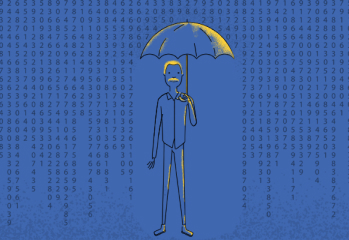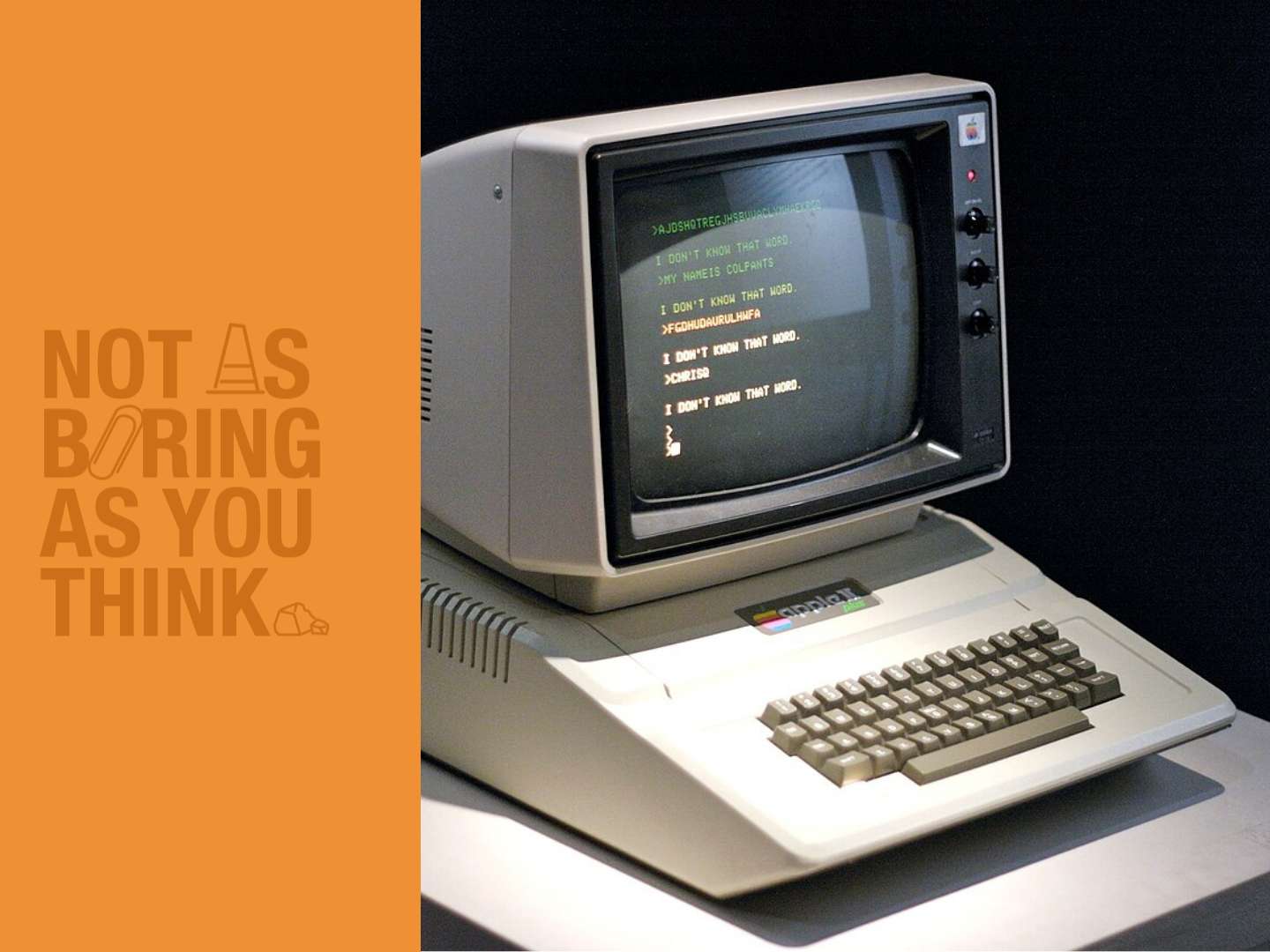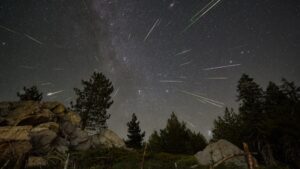Coding is used everywhere. Every science fan can benefit from learning how to code, and it’s easy to get started. Coding is simply communicating with a computer. You do this by learning coding languages designed to give instructions to computers.
Some of the most cutting-edge science uses coding, like the new ‘Google for DNA’ Metagraph. Code builds video games like Roblox and even the Particle website!
A computer uses binary language. The flow of electricity through billions of transistors becomes 1s and 0s in binary.
The first programmers used binary to communicate directly with the computer. But now there are many user-friendly languages like JavaScript, C, R and Python.
So how do scientists use these languages to make discoveries?
How scientists use code
Coding helps scientists run experiments and analyse results. Fields like astronomy, physics and biomedical research generate huge amounts of data.
A 2023 pre-print article predicts we’re reaching an inflection point for science. The huge information growth and data processing tools will create a scientific revolution. Most of these tools require coding knowledge to use.
In fact, plenty of great WA science projects use coding to make incredible discoveries.
Local code heroes
The Desert Fireball Network tracks fireballs and meteorites in the remote outback. Autonomous cameras track falling meteorites. It helps discover the origins and make-up of meteorites. It might even help us learn how rocky planets form.

Credit: The Desert Fireball Network
The Kids Research Institute Australia in Nedlands uses code to study public DNA databases. It learns markers for rare genetic diseases and helps diagnose cancers in children.
Pawsey Supercomputing Centre in Bentley houses the southern hemisphere’s largest supercomputer, Setonix. One of its projects uses atomic simulations to find better ways to desalinate water.
These modern science projects would be impossible without coding.
You can become a tech-head too
If you’re ready to start learning to code, there are lots of resources available. It just depends on what you’d like to learn.
There are free guides and YouTube videos to get started coding. The University of Helsinki runs a free online Python programming course.
There are lots of books too. Your local library might even have a few!
If you’re a scientist, Carpentries workshops are a great place to start.
Lots of coders begin as self-taught, and who knows? One day your code might be the next step of the scientific revolution.

Credit: Dr Emily Kahl and Michelle Hunter/Pawsey









